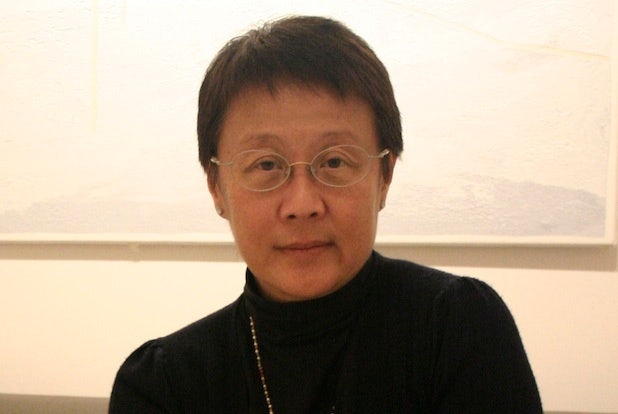"The Arts Play An Important Part In The Life Of Every Member Of The Community"#
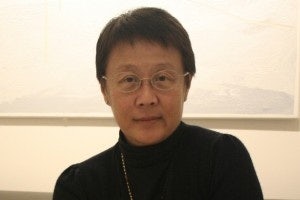
Operating spaces in Hong Kong and offices in Beijing, Shanghai and Singapore, the Osage Gallery has established itself as a major interdisciplinary platform for exhibiting and promoting the field of Asian and international contemporary arts. Regularly exhibiting work by artists from Hong Kong, China, Taiwan, Singapore, Philippines, Indonesia and Thailand as well as international artists of Asian descent, Osage looks to explore the cultural and artistic relationships between different regions of Asia as well as Asia's connection to the rest of the world. Along with major group exhibitions, Osage has organized solo exhibitions by Chinese artists Miao Xiaochun and Jiang Zhi, Singaporean painter Jane Lee, and Thailand's Nipan Oranniwesna.
Recently, Swire Hotels social media maven, blogger, and Jing Daily contributor, Juliana Loh, interviewed Osage founder and director Agnes Lin, discussing everything from Hong Kong's West Kowloon Cultural District to the state of the Chinese contemporary art scene.
Juliana Loh (JL): What is your vision of the future of art in Asia, particularly Hong Kong, especially with the West Kowloon Cultural District project?#
Agnes Lin (AL)#
: My vision is for art to be fully integrated into everybody’s daily lives – in their homes, their workplaces, the built environment and in schools from early childhood to the university level - to enrich their lives, to build knowledge and to promote curiosity and creativity in everything they do.
JL: You mentioned moving forward with bringing in more elements of performance art at Osage. Could you tell us a little more about this?#
AL#
: In 2009, Osage began developing cross-disciplinary projects and started to explore the creative ideas that come about when one discipline of the arts actively engages with another. We called our platform Sigma Projects and used it to promote a range experimental music, dance, performance and film projects.
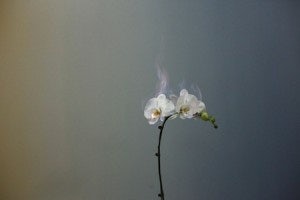
JL: With Art Basel playing a big role in this year's Art HK, what should we expect or look out for?#
AL#
: On one hand, there are well-established international galleries looking to enter the Chinese and other Asian markets and on the other, there's better international promotion of emerging Asian artists through Asia Future and Asia One.
JL: Art and education. In one of your previous interviews, you talked about early childhood arts education workshops. Could you tell us more about this?#
AL#
: We believe that the arts play an important part in the lives of every member of the community. We aim to help increase community participation in the arts through better arts education and more platforms, to engage with the arts in order to help shape a future in which the arts play a vital role in everyday life. Since its inception, the Osage Art Foundation has supported a range of programs that help young people come to a better understanding and appreciation of art. We are active in promoting early childhood art education because we believe children are our future.
We have had a long-term partnership with the Hong Kong Christian Service group of nursery schools since 2005. We assist HKCS in their delivery of art programs to children at their nine nursery schools throughout Hong Kong, which serve more than 1,200 mostly disadvantaged children aged 3-6. In July of this year, we will host an exhibition at Osage Kwun Tong of work by the children graduating from the HKCS group of schools. There will be several hundred pieces on show at that exhibition.
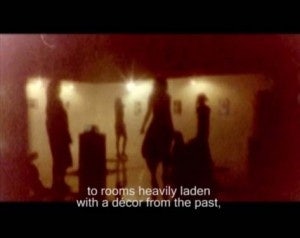
JL: What's your view on the booming Contemporary Chinese art scene?#
AL#
: China is a global superpower and as a result, the rest of the world is starting to take notice of all things Chinese, including its contemporary art. We believe that one cannot just look at China, but also how the other developing countries in Asia will influence the arts.
We are entering an "Asian Century" and continue to see major shifts in economic powers. As this continues and grows, we expect more attention will be focused on arts development in Asia, and feel strongly that there will be more support for artists in Asia. Osage has been working with Southeast Asian artists for the past seven years. We have already seen a rise in interest in artists from the Philippines, Thailand, Indonesia, Singapore, Myanmar, and in fact all of the countries of Southeast Asia.
During the 2012 ART HK Art Fair, the Osage Art Foundation will also present a group show of work by 13 artists from Hong Kong, the Philippines, Indonesia and Japan called “Market Forces.” This exhibition aims to provoke and challenge existing theories of value in art. The exhibition examines the social, psychological, political and historical basis of notions of value. It also looks at sociological aspects of culture, including institutions, their typical relations and forms of organisation, and ruminates on the operation of the economic cycle of production, distribution, consumption and exchange.
JL: Buying art is a subjective thing, but what tips would you give for a first-time buyer who'd like to invest in art?#
AL#
: Look for something that you respond to! Think about the depth of feeling that any particular art work gives you. Does it challenge you to think? Does it present new ways of looking at and thinking about the world? Does it address an issue that you feel strongly about? Is it timeless? Are you blown away by the clarity of the artist’s vision? If the work raises as many questions as it answers, and if you can see that the artist has put his skill his passion and his ideas into the work (in other words his hand, his heart, and his head), then it is likely to be something you will treasure.
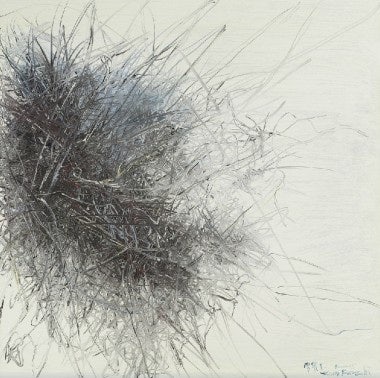
JL: How#
different are the art scenes in Singapore and Hong Kong, and how does Osage develop their exhibitions in both places as a result of these differences?#
AL#
: I believe both Hong Kong and Singapore are at a similar stage in their cultural development, and therefore we take largely the same approach when presenting exhibitions in both cities. It is interesting to note that audiences in both Hong Kong and Singapore have been increasingly interested in more intellectually challenging conceptual art, an area in which we have a particular interest. Osage will continue to present curatorially driven projects and exhibitions, and to promote international and Asian contemporary visual arts. We aim to be a catalyst for the creative expression of artists and the active engagement of audiences of the arts of our time.
We hope that these exhibitions will inspire discussions on the relevance and significance of cultural production in Asia and their relationship with the cultural production in other parts of the world. The artists we work with are some of the most interesting artists in the region, in that their works reveal different socio-economic, political and cultural contexts.
